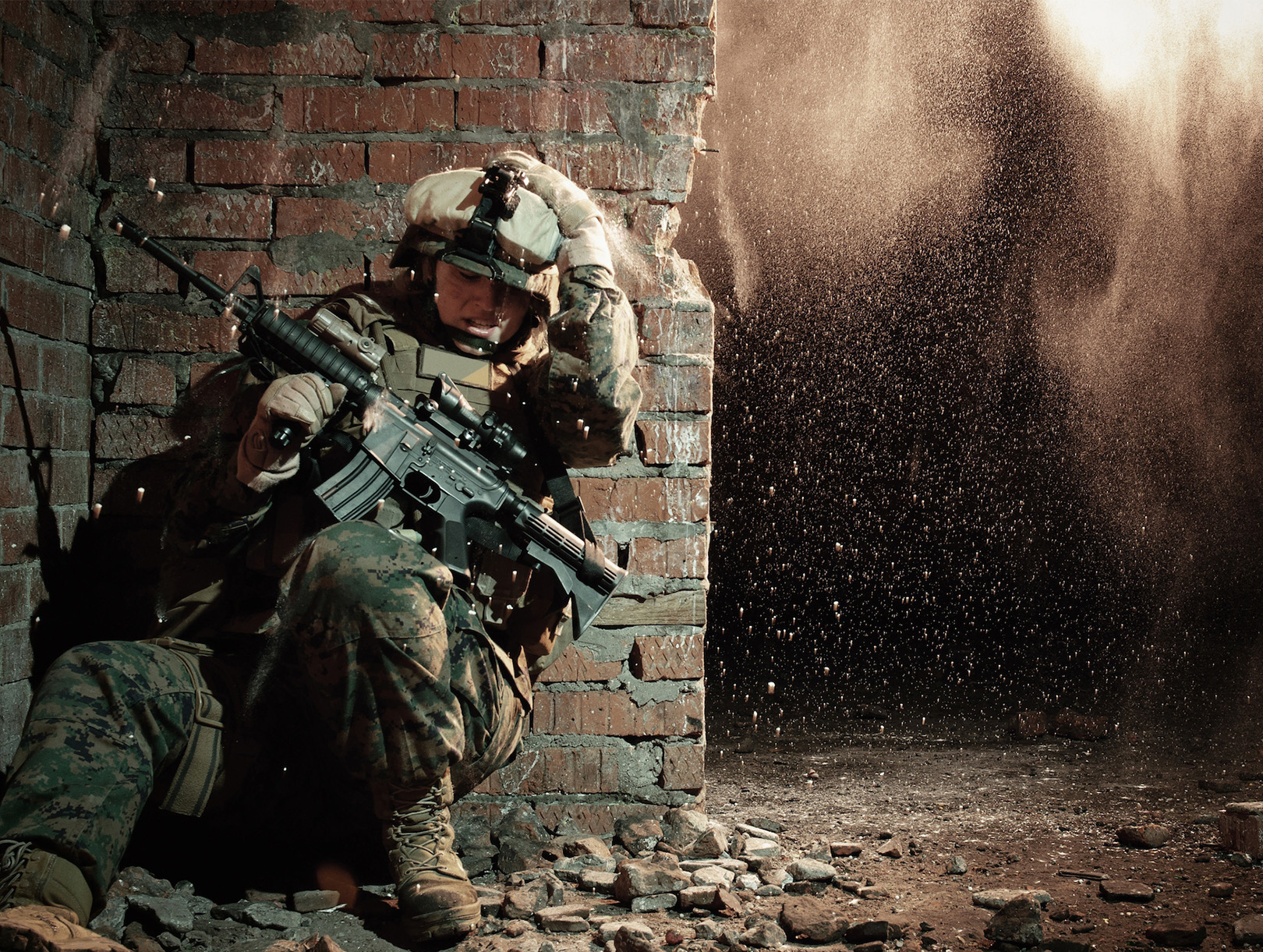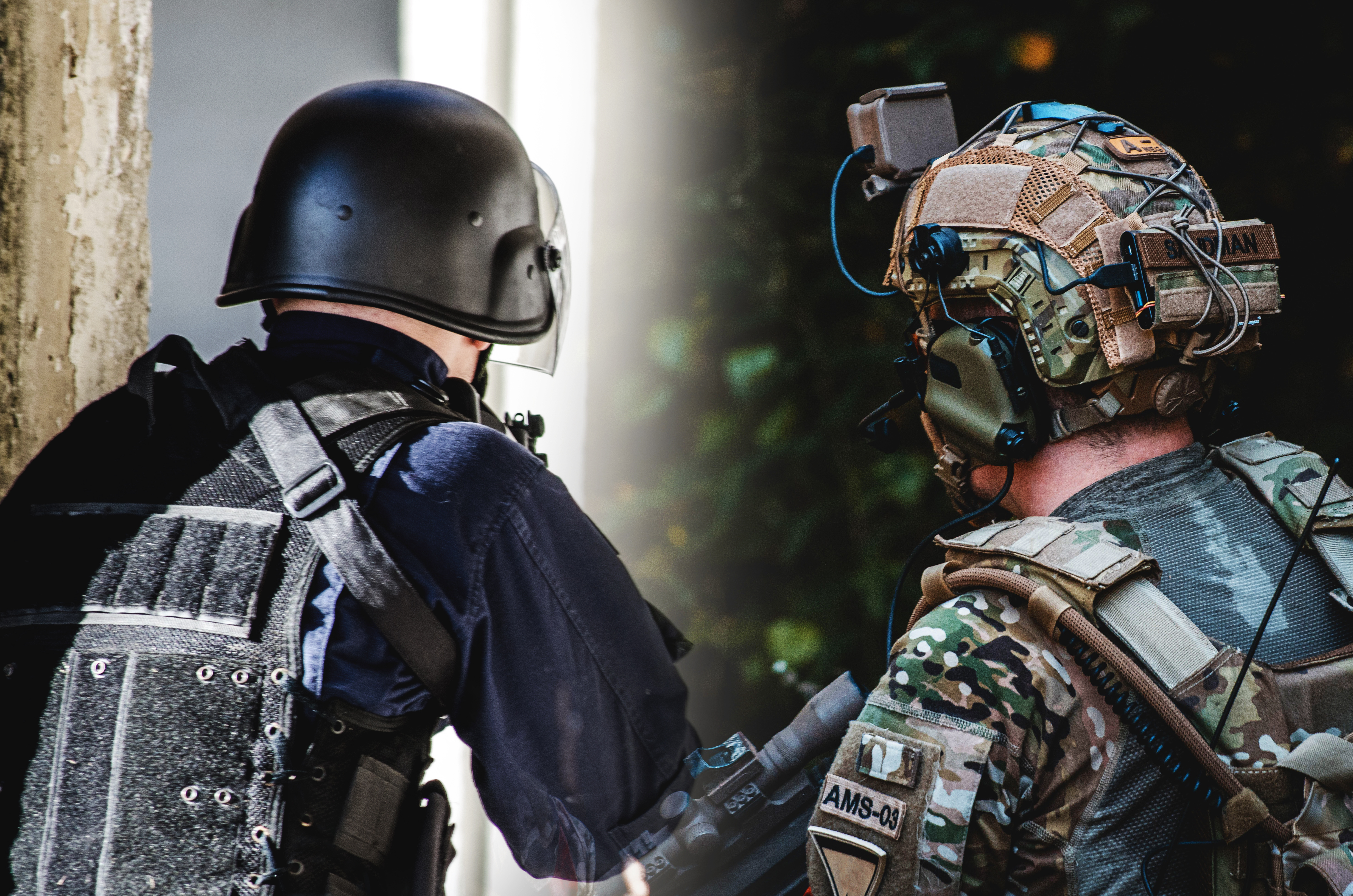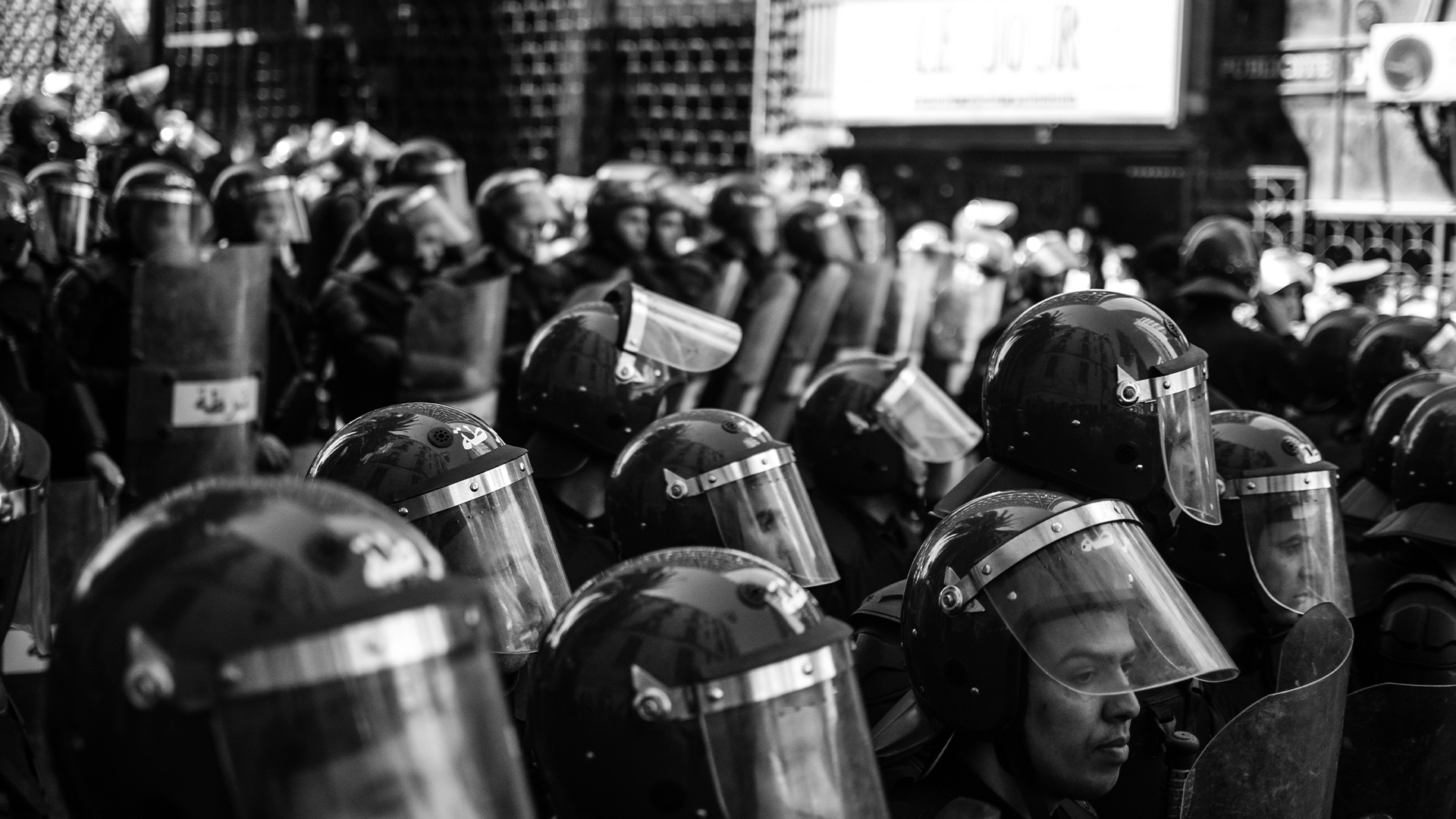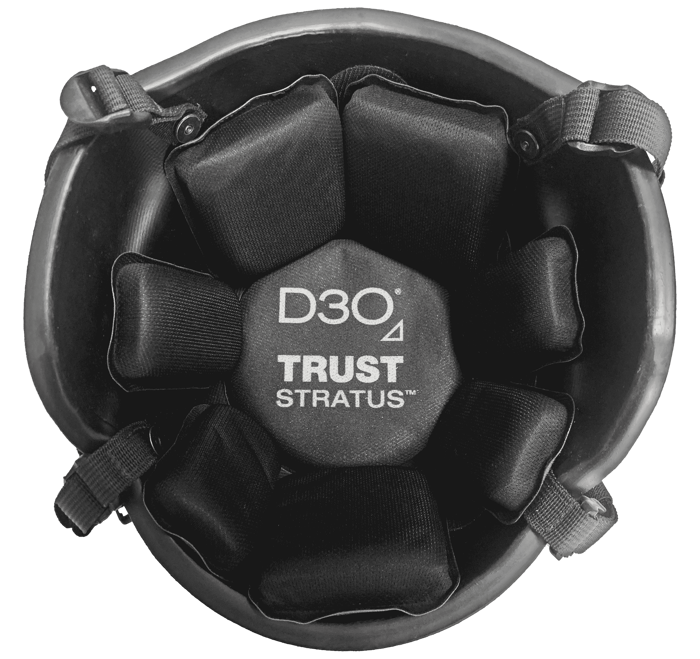Brandon, an instructor with combat immersion training provider ArmorCorps and a former US Marine, has first-hand experience to support that view: “Moving into the back of a troop carrier, my body inverted and I landed with all that weight on the top of my head. Were it not for my helmet, my injuries would have been a lot worse.”4
“Serving officers trust that their PPE will do what it is designed to do, every time, without failure,” says David Jackson, US Defense Program Manager at D3O, who has more than 25 years of defense experience including eight years in the USMC Infantry and seven years with SWAT K9.
The average US military warfighter carries at least 60lbs of gear, with an extended patrol often double that figure. Every component and accessory increases the total weight, which is particularly felt when added to the helmet.
“A common adage is that ounces equal pounds, and pounds equal pain,” says Bill VanMullekom, Executive Vice President of D3O, LLC, who leads the defense and industrial PPE sectors for D3O. “Extra weight is a burden for a soldier or law enforcement officer. They must execute the mission without being distracted by their own comfort level and fatigue. Their helmet will likely need to accommodate accessories including night vision devices and communications packages. Hence the critical need to drive weight out of every element of the helmet shell design.”
In late 2016, the US Army started early field trials on a new helmet to meet the requirements of its Soldier Protection System (SPS) Integrated Helmet Protection System (IHPS). This helmet gives soldiers best-in-class protection, while also reducing the total weight of their personal protective equipment5.
The aim of the IHPS is to provide a lighter ballistic helmet capable of dealing with modern-day threats. Features include full head, face and jaw protection; passive hearing protection against explosions, gunshots and flashbangs; and improved blunt-impact performance. The modular design allows for the up-armor capability of a ballistic applique, a ballistic visor and ballistic mandible guard to enable the solider to scale protection to the threat or mission.
“Considering the current global environment, there is tremendous interest in procuring improved head protection," says Terry Griffith, Defense and Law Enforcement Global Business Unit Manager with 3M Advanced Materials Division. "Ceradyne Inc., a 3M company, has proven expertise in providing innovative, lightweight head protection systems that keep the users safe from a variety of threats including explosive devices and rifle bullets.”
Drawing on this expertise, the US Army awarded Ceradyne a contract to deliver the Integrated Head Protection System (IHPS). “The IHPS is the first helmet system to offer the soldier a much higher level of protection against blunt impacts without sacrificing the highest level of ballistic protection to weight,” says Griffith.



